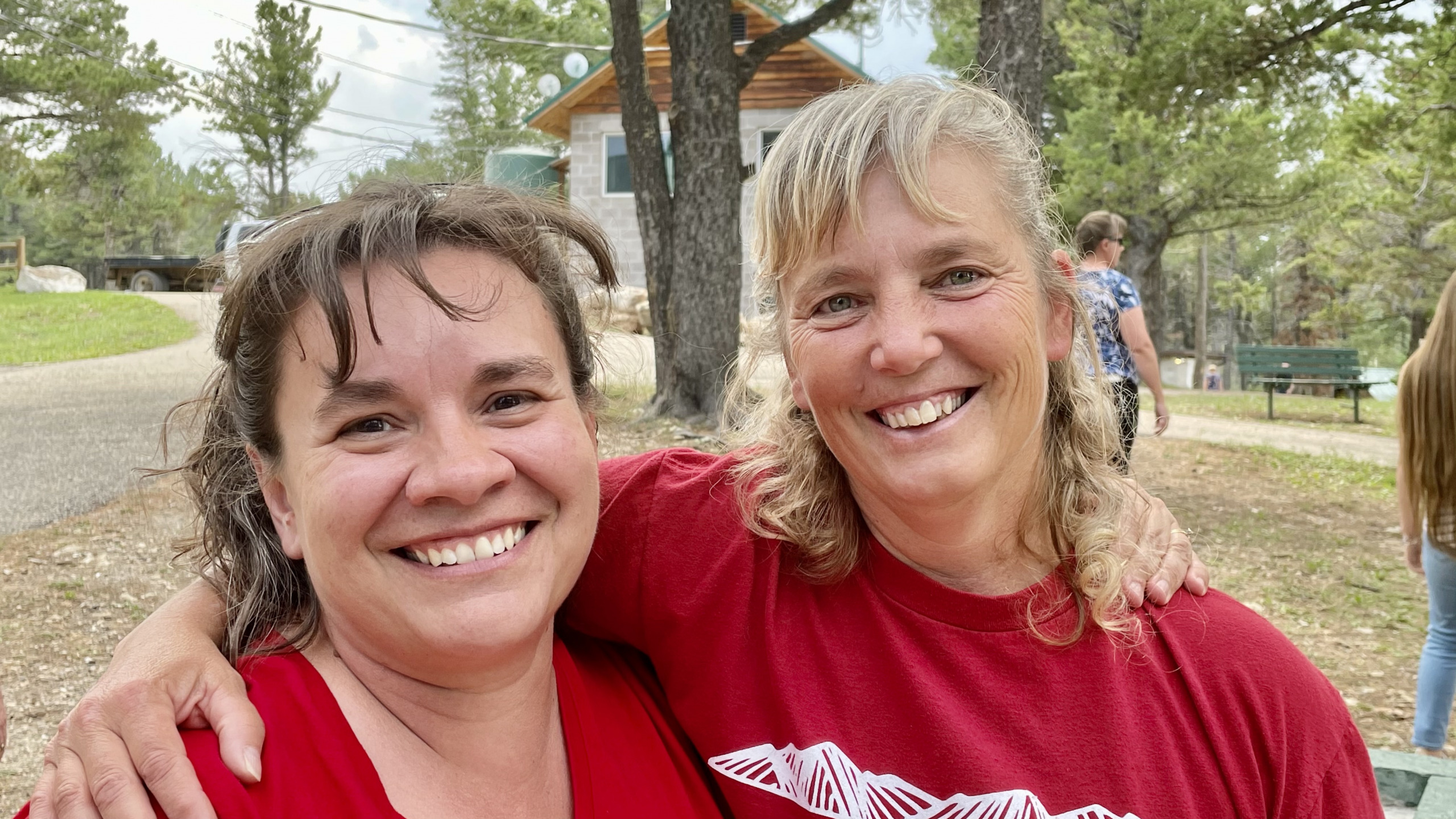By Jon Roberts – Delta, Colorado … Jodie Gage, teacher at Delta Adventist School, has two passions– teaching children not only academics, but about Jesus, and taking care of the animals in God’s creation.
As a one-room school teacher, Jodie has masterfully blended her two passions into one and her students so love taking care of the animals in their classroom, that they forget they are in school.
Gage explains how a need arrived at her farm, or as her sister-in-law, Traci Pike says, “her zoo” turned into a P.E. class that involved a baby goat.
“I have goats and I had one that had a baby and she wasn’t taking care of it. So, where do I bring her but to school? It was exciting for the kids. We had a goat in school. It was very sick when I brought it in. We learned to pray for our pets and it improved and it became our classroom pet.”
Gage continued, “It [the goat] joined us outside for recess. It learned to run laps with us. The kids encouraged and loved the goat. It was awesome to see the kids talking to the goat and encouraging it to run along with them. The best part? The goat was teaching them to encourage each other.”
According to Gage, the biggest advantage a multi-grade school room has is the chance to grow together as a family. “We’re a family. We work together as a family. We take care of each other. We work on projects together. We’re a family.”
The family atmosphere also enhances the learning experience for all ages. “We have older kids and younger kids. So, the older ones learn to take care of the younger ones. And the younger students pick up more from the older students. When the older students are working on their lessons in science and social studies, the younger grades overhear them and start picking it up. It’s an advantage for the younger grades, but it’s also an advantage for the older students to learn how to cope in life and work with the younger generation.”
Treating the school as a family means the children have chores that they perform daily, which adds to the practical hands-on learning they receive that they may not get from a single-grade classroom. “I have a chore chart and that chart rotates. And each kid has an opportunity to take care of the pets.” Some of the other chores that Gage assigns to her students include cleaning the whiteboard, vacuuming the floor, picking up any items lying around, taking out the trash–normal chores you would do in a typical family.
Gage adds that because of the close-knit family unit the students experience in a one-room school, the students are better prepared for high school and what challenges await them next. She also wants everyone to know that “most of them succeed when they continue with their education.”
Teaching in a multi-grade classroom can be challenging, according to Gage, because the curriculum is not designed for one-room schools. However, she loves teaching in small schools because it was part of her fabric growing up. “I grew up in a one-room school, so it’s comfortable for me. We’re family. We’re united. We’re closer than a normal school, I feel because we have all different ages. It’s like a family–big brother, big sister.”
Other than the family aspect, the school is a mission field and Gage is a minister serving the community. “It’s pretty much a missionary school. I have one out of ten children that comes from an Adventist family. The others are from different denominations, whether it’s Mormon or Jews, I have also had some that don’t know much about Jesus at all.”
While one-room schools can be very taxing and challenging for the teachers, the benefits and the advantages give evidence that these small schools still play an important part in the education system. While giving hands-on practical learning, teaching the children to build strong healthy relationships with each other, and providing a safe space to grow and learn about Jesus, teachers are not only educators in the multi-grade schools, they are also pastors to the most vulnerable and valuable individuals–the children.
–Jon Roberts is RMC communication/media assistant; photo by Jon Roberts




